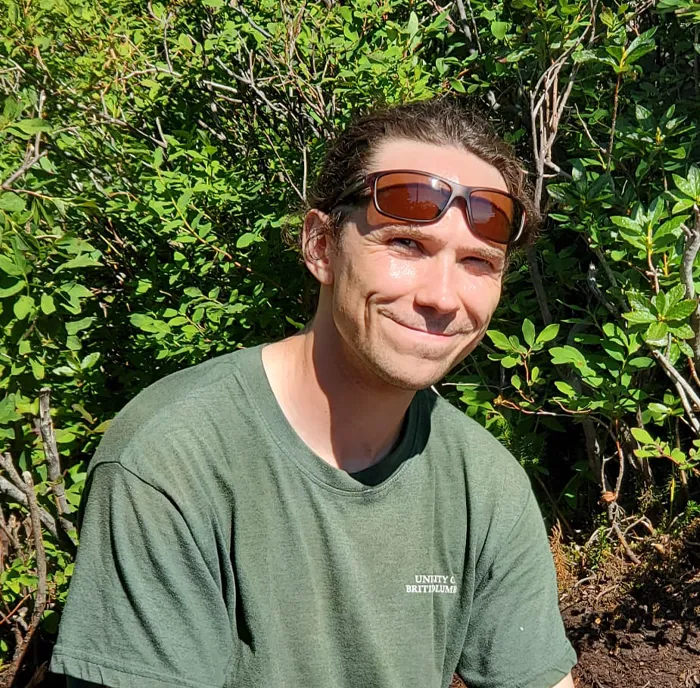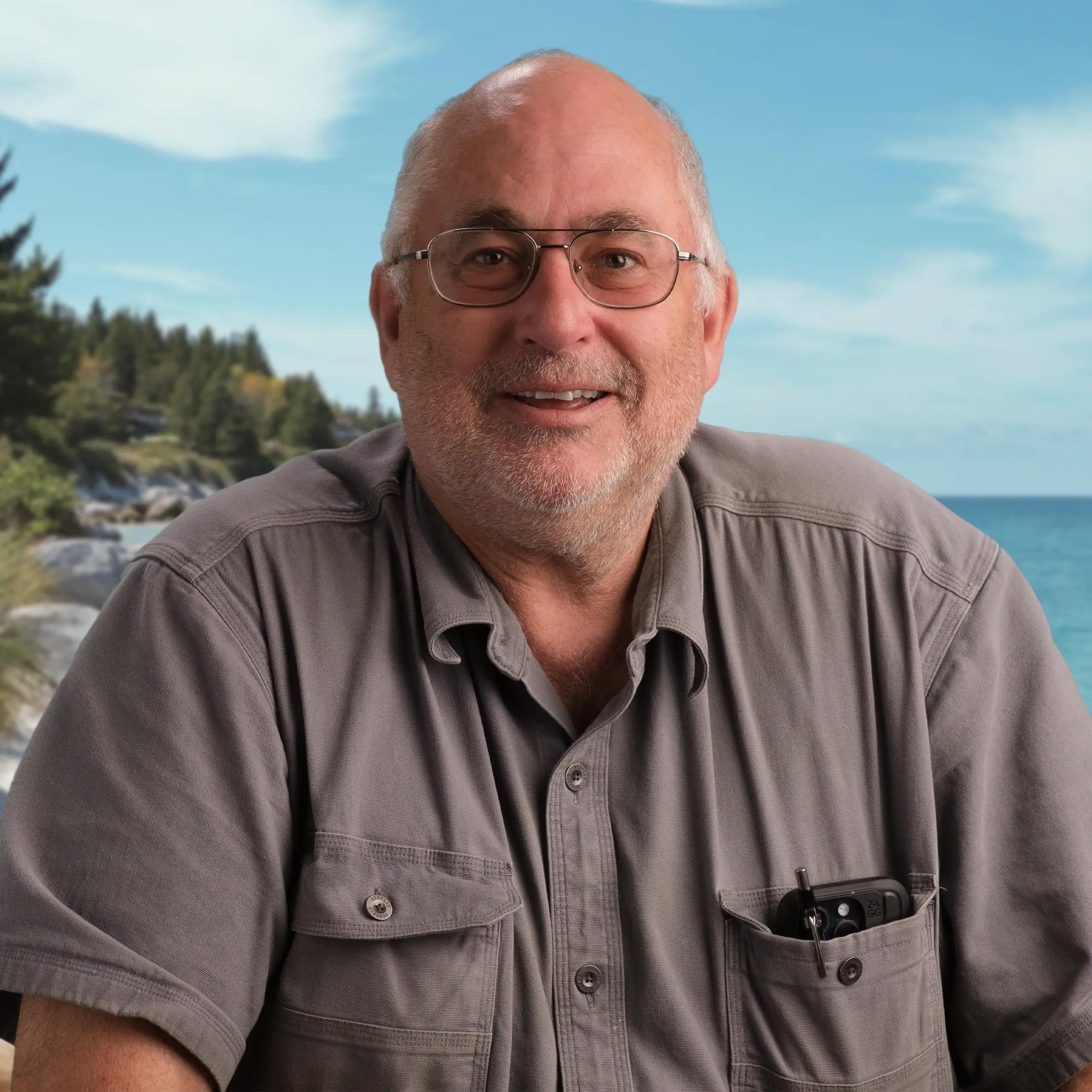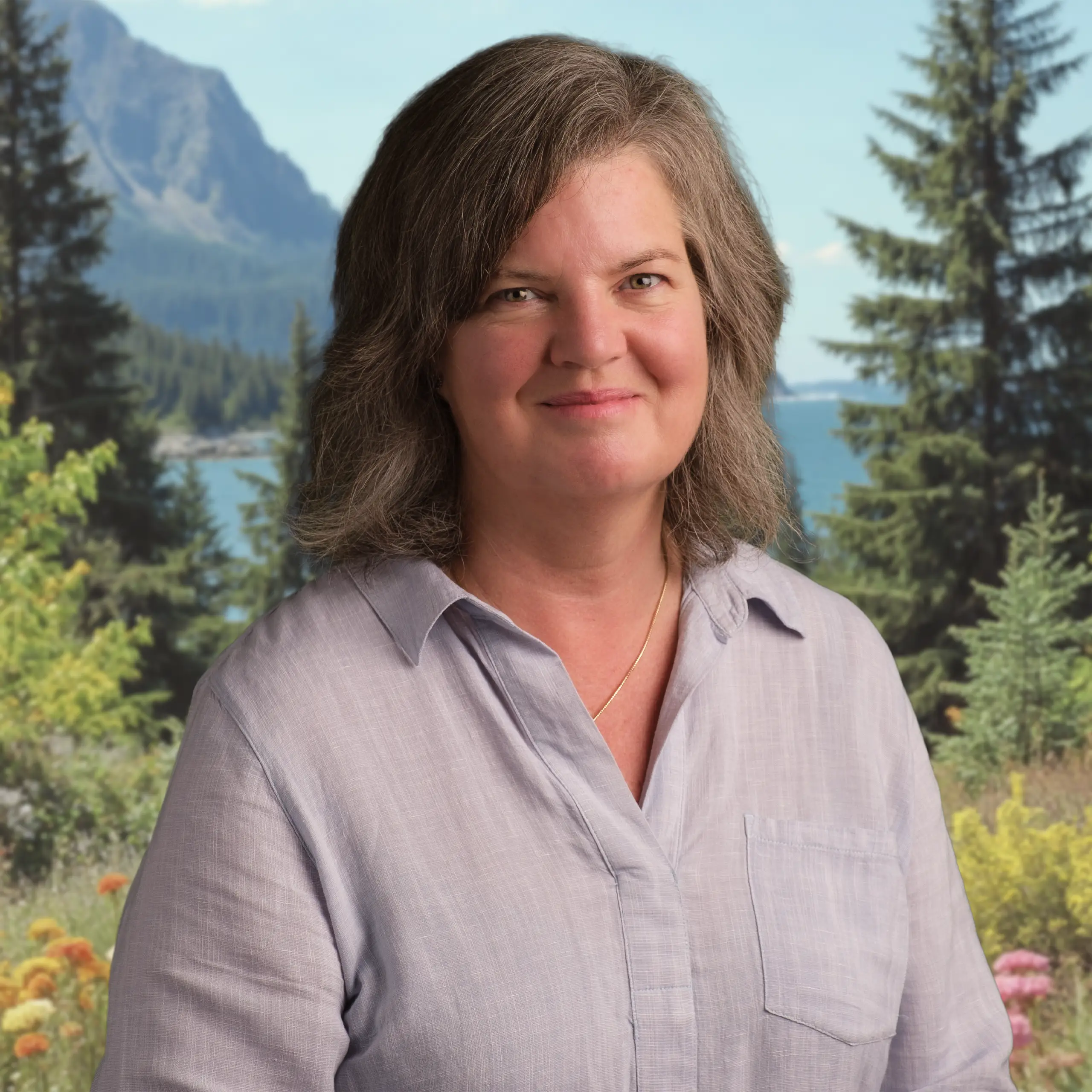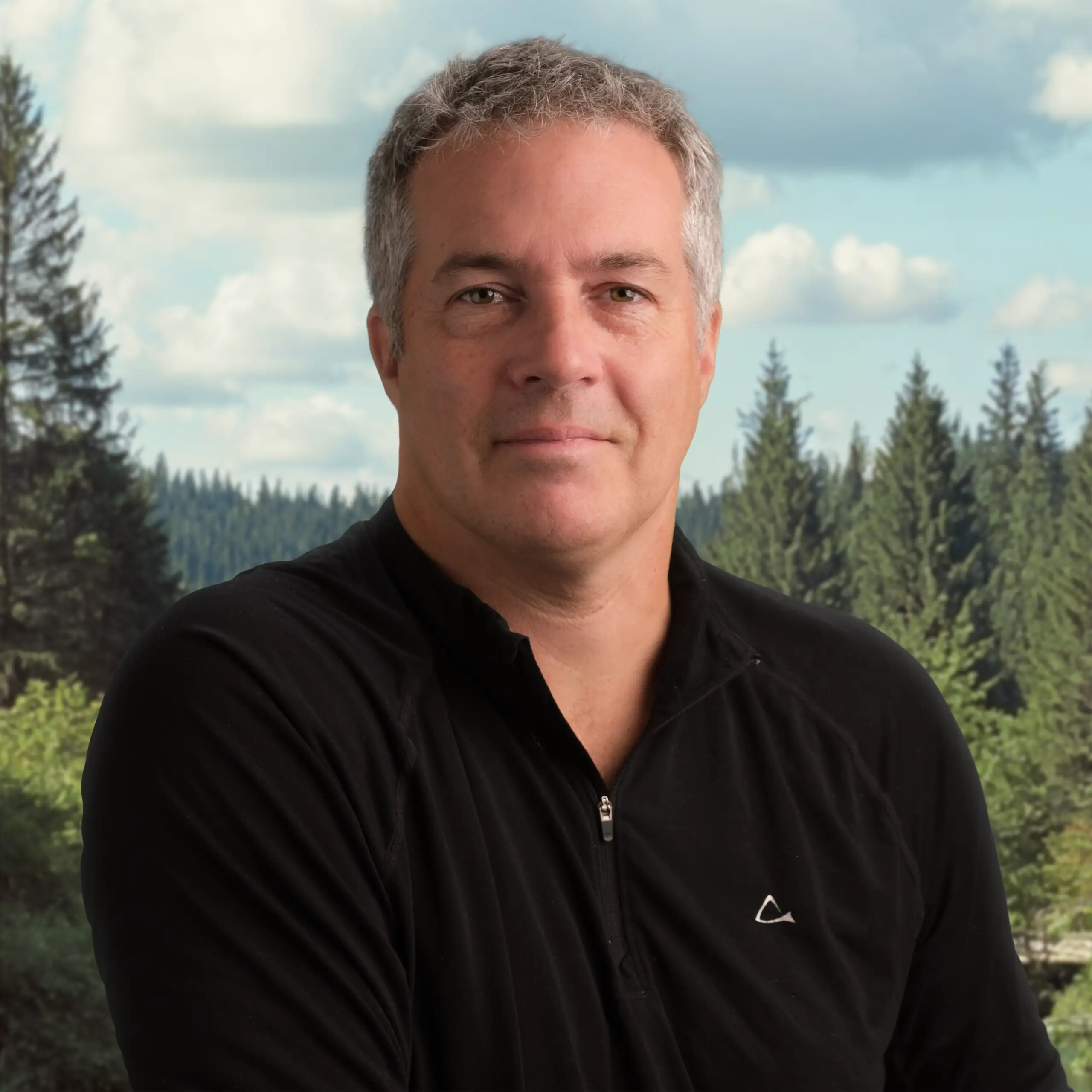February 6, 2025
A hot housing market for a hotter Canada
Author: Justine Hunter – The Globe and Mail
At the top of a steep driveway, construction workers are building a new home overlooking Okanagan Lake. The remains of homes destroyed by the McDougall Creek wildfire in 2023 are still visible in the rubble and fire-scarred Ponderosa pines stand in the yard.
The wildfire was so strong that embers from the fire in West Kelowna travelled more than two kilometres across the lake, sparking fires in communities on the far shore. Thirty thousand people were forced to evacuate.
The hot, dry slopes surrounding the lake are among the highest wildfire risk areas in the country. At the same time, the communities that perch on the water’s edge here are some of Canada’s fastest-growing. Eighteen months after the last significant fire, reconstruction is well under way and new subdivisions encroach further into the woods.
To address the current housing crisis, Canada needs to build more than five million more homes in the next five years. However, that demand for new housing is running up against a growing risk of wildfires and floods. A new report from the Canadian Climate Institute shows hundreds of thousands of those new homes are destined to be built in high-risk areas across the country because federal and provincial programs that aim to increase housing supply typically overlook climate-related hazards.
“With millions of new homes planned in the coming years, Canada risks compounding an already serious problem by allowing further development in hazardous areas. Once housing is built in high-flood or wildfire hazard areas, the risk is locked in for decades or centuries, as relocating homes and associated infrastructure is both exceedingly costly and politically fraught,” the report, titled Close to Home, warns.
Home construction in wildfire and flood hazard areas continues unabated, the report found, partly because Canada’s flood and wildfire mapping is outdated or missing altogether, so home buyers often are unaware of the risk they are taking on. To produce its own models, the institute tapped into existing federal flood data and filled in the gaps by partnering with an insurance agency, Co-operators, which has compiled detailed weather, fuel and geographic data to model the ignition and spread of wildfires across the country.
British Columbia already has the highest annual wildfire damages in the country, and the report projects that the province’s wildfire losses will increase by more than 265 per cent, to more than $1-billion per year.
Similarly, B.C. is forecast to do poorly in new home construction in flood zones. Ontario will build the most new homes in the next five years, but only about one per cent would fall into the high-hazard category for flood risk, representing $70-million in average annual losses. B.C. is expected to build a smaller share of new homes, but will see annual losses due to floods rise by an average of $1-billion.
Ryan Ness, one of the authors of the report, said provinces such as Ontario and Saskatchewan have stronger land-use policies that have created relatively lower risks to their housing stock. British Columbia, for one, does not have provincewide policies barring development in high-hazard flood and wildfire zones. “Many B.C. municipalities are simply unprepared for the growing threat from floods and wildfires. Changing where and how we build housing isn’t easy, but it’s far better than the alternative,” Mr. Ness said.
The alternative is to continue to build new homes in harm’s way, at ever-growing cost.
Wildfire strategies vary greatly among the communities around the Okanagan Valley. Some districts are investing millions in wildfire mitigation measures, others are stalled on simple recommendations to put up signs for evacuation routes.
In late January, crews were conducting controlled burns and thinning vegetation in Spion Kop, a forested parkland in Lake Country, a municipality just north of Kelowna. The homes adjacent to the park were built almost 20 years ago, and it is now recognized that this a high-risk area.
Lake Country has designated areas where development permits are issued only for new construction that includes fire-resistant building materials and landscape principles. But for existing homes in risky locations, imposing new rules is not for the faint of heart.
In 2023, Mayor Blair Ireland proposed to prohibit the use of cedar hedges for landscaping because they are especially flammable. It didn’t go over well.
“We got an incredible amount of feedback about, ‘don’t take my hedge’ and that sort of thing. And we said, well, we’re not going to take your hedge, but we’re not going to let people do this in the future.”
To highlight how building design can change wildfire outcomes, Mr. Ireland provided a tour of a new subdivision that was built according to the province’s “FireSmart” guidelines. A wildfire in 2023 passed through the neighbourhood with minor damage. “The fire raged all around here, but we didn’t lose a single house. Look at these properties – their landscaping didn’t even get burned,” he said.
While the city council can shape new development, the mayor says Lake Country’s biggest weakness is the many private stands of forests, where the cost of thinning or removing trees falls to the landowners.
He has lobbied the federal and provincial governments to provide existing homeowners with incentives to adopt FireSmart treatments. And he has begged for building codes set at a provincial or federal level that will take the burden off of small communities for ensuring firesafe construction.
During a 2017 wildfire that destroyed eight homes in Lake Country, the local fire department was showing its age. Today, fire chief Darren Lee has a modern firehall filled with new equipment, much of it tailored to wildfires. The mayor doesn’t say ‘No’ to his requests, he said with a laugh.
In the past two years, this community of 15,000 has put $2.3-million into new equipment at the firehall.
In January, the benches in the firehall were stacked with firefighters’ gear as Mr. Lee prepared for another round of volunteer training. The recruits can expect a busy summer. The community has issues with water supply, an average of 11-per-cent population growth, and of course a changing climate that means ever-increasing risk of wildfires.
But he says residents are largely onside. “People here will get mad at their neighbours in the summertime, if they have a campfire or if they see people smoking and throw a cigarette out of a car.”
Naramata, a small community south of Kelowna, hired wildfire expert Bruce Blackwell to study the risk. His 2019 report was a call to action, warning not only of the high risk of fire but that residents there face a significant risk of entrapment because there is only one road out and many dead ends.
That winding, narrow road that would lead to safety is well-marked for visitors looking for local wineries, but recommendations for clearly marked evacuation routes are still under study. There is a regional plan that considers the potential for evacuation by boat, and by clearing barriers along the Kettle Valley Rail trail to allow people to escape if the road is gridlocked. The plan is not publicly available.
Mr. Blackwell, in an interview, said Naramata’s inaction demonstrates why higher levels of government need to set policy. “Local governments are afraid of this stuff – they are not able to make these decisions,” he said. “The government has to legislate standards for wildfire protection of homes.”
Simon Melanson has redesigned the landscape around his West Kelowna home with crushed stone and interlocking pavers where he used to grow shrubs and ornamental grasses. It’s not about the looks, it’s about surviving the next wildfire: He barely escaped the McDougall Creek wildfire in 2023 when he made a wrong turn during evacuation as the fire approached. When he returned home, he found his street had been spared but the fire reached the next block over. He expects it is only a matter of time before fire threatens this neighbourhood again.
The Climate Institute report recommends that provincial and territorial governments enact or enhance land-use regulations that explicitly direct development away from the most flood- and wildfire-prone areas, noting that municipalities are often under-resourced and face pressure to prioritize immediate housing needs over long-term safety.
Mr. Melanson, who has served in regional emergency response, agrees. “We are not just fighting wildfires. We are battling a mindset that prioritizes reaction over prevention,” he said.
Along his street, others have kept their cedar hedges and treasure the mature pine trees that can feed wildfires. The features that drew him to this neighbourhood now are a source of stress.
“When it gets so hot and tinder-dry that it smells like a sauna because you smell the pine trees in the sun – I used to think it was wonderful, now it puts me on edge.”












